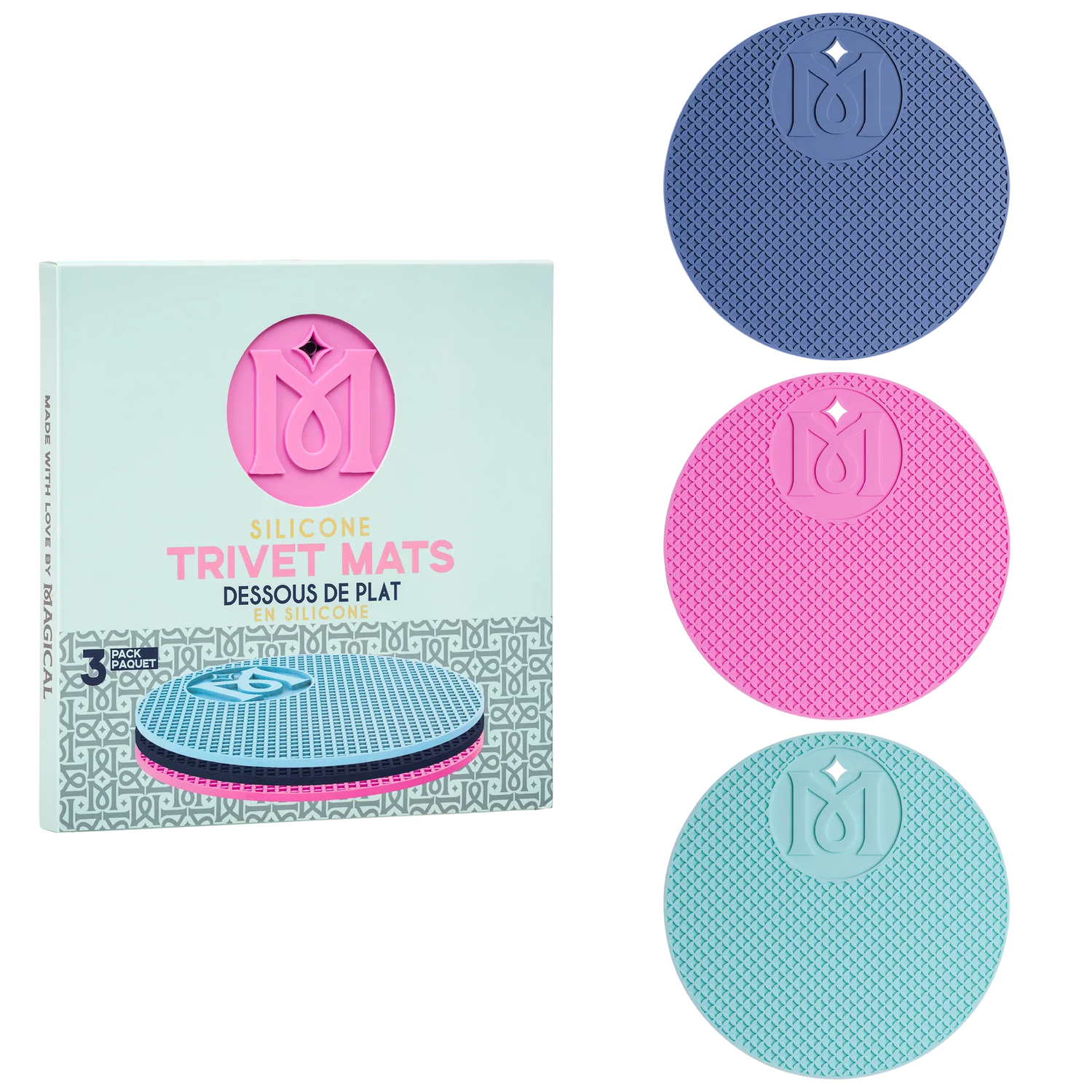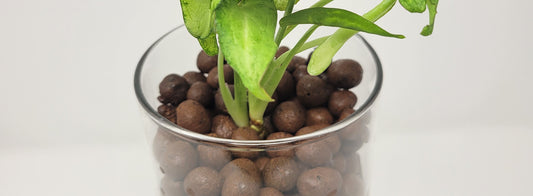Indoor grow lights have revolutionized growing. We can now grow food and medicine in subarctic climates, arid deserts, and just about anywhere else in the world all year round. Controlled environment gardening means our crops are protected from the elements and we can simulate the seasons indoors. Whether you’re a large-scale farmer or at-home gardener, there are artificial grow lights to fit your needs; but to get the most out of them, you need to know how to use grow lights effectively.
The most common light mistake indoor growers make is giving their plants too much or too little light. While there are grow light height charts to determine approximate heights, they use averages and generalities that may not apply to your specific situation. For instance, the grow light height for seedlings is different than the light height during veg or flower. To find the most effective height and settings for your light, there’s a few things you’ll need to know.
Light Spectrum
Plants use much more of the light spectrum than we can see. While older technology like HID grow lights mostly utilize the white/yellow range of the spectrum, new lights, like some LED grow lights, give you the ability to change the spectrum output for maximum utilization by your plants.
Determining the spectrum to use mainly depends on the phase of growth you’re in. In the early seedling through vegetative phases, plants need more blue light. Later, in the flowering and fruiting phases, plants need more red light.
Most of us are familiar with ultraviolet light because of the warnings every summer to apply sunblock. While too much can be harmful, plants grown with UV tend to be stronger, more flavorful, and more aromatic than those grown without. Luckily, many lights are now adding UV to their spectrum, and very little is actually needed to reap the benefits. As far as when to use UV, some people prefer to use it only for flowering and fruiting, but it is beneficial throughout the life of the plant.
IR, or infrared, is a part of the spectrum that humans cannot see, but we can feel the heat it produces. Some studies suggest that IR is required for flowers to bloom, so its good that almost all grow lights naturally produce these waves.
In contrast, green light has almost no effect on plant growth. Many products use green light for working in your grow space during “Lights Off” without disrupting the growth cycle.
Measuring Light Output
There are several ways to measure light but not all of them are applicable to horticultural lights. Many older lights advertise the Lumen output of their lamps, but lumens measure only the light visible to humans.
Another term used when talking about grow lights is PAR, which stands for Photosynthetic Active Radiation. PAR refers to the type of light used by plants for photosynthesis. PAR is measured in PPF (photosynthetic photon flux) which is used to determine the efficiency of a lighting system.
To measure the amount of light that actually lands on your plant, you need to measure the PPFD (photosynthetic photon flux density). This measures how much PAR light lands in a specific spot each second. Because it measures only one spot, you’ll want to measure the PPFD of both the center and edges of your canopy to find an average.
Finding the Ideal Light Height
At this point you may be saying, “Okay, but how does that help me?” Well this is where we put it all together. You can purchase meters to measure the PPFD, or you can find smartphone apps that are free or low cost. A chart like this one can help you find the recommended PPFD range for the plants you’re working with.
If you are working with a light that does not allow you to adjust the brightness or intensity, you’ll need to raise or lower your light until it is in the right range. With your light on, hold your sensor or phone at the level of your canopy to find the current level. If the reading is too high, raise your light. If the reading is too low, lower your light. Then re-take the reading and adjust until acceptable.
If your light allows you to adjust the brightness, the first thing you’ll want to do is consult the PAR map for the specific light that you are using. It usually comes with your light or can be found online. This will give you an idea of area dimensions that the light will cover at different heights. For a small area, hang the light closer to your plant. For a large area hang the light farther from your plant.
Once your light is adequately covering your plants, measure the PPFD. Instead of raising or lowering your light, you’ll adjust the brightness until it is in the correct range. This allows maximum efficiency of the light over the desired area, this is more sustainable and saves money. (If you have turned the intensity all the way up, or all the way down and the readings are still outside the recommended range, then you will need to adjust the height accordingly. You may also need supplemental light.)
Image Source: Growers Republic Eagle Series 780w Grow Light
Hours of Daylight
During different parts of the year, the sun is up for a different number of hours. Many plants decide when to grow leaves, and when to bloom, based on the length of a day (also called photoperiod). Using a timer is an easy way to establish light cycles in your growing environment.
Generally, seedlings can handle 18-24 hours of low intensity blue/white light per day. As they begin to put on more leaves, that time can be reduced to 16-18 hours of more intense light. When plants are mature enough, switching to a red/white spectrum and reducing the light to 12-14 hours will induce flowering. If your fruiting plants are ripening slowly, you can reduce it down to 10-12 hours which will signal the end of the growing season to your plants. (This does not apply to all plants such as autoflower strains of the Cannabis Sativa L. plant.)
Because the length of a day is important, ensuring true darkness during “Lights Off” hours is equally important. You’ll want to disturb them as little as possible during this time. Black out curtains or a quality grow tent can help keep out unwanted light.

Image Source: Griffith Observatory
Optimizing your grow light settings to best suit your space is a cheap and easy way to boost the growth and productivity of your plants. If you have additional questions or need help finding the right light for you, comment below, contact us here, or visit us at Taproot Hydroponics near Atlanta.







